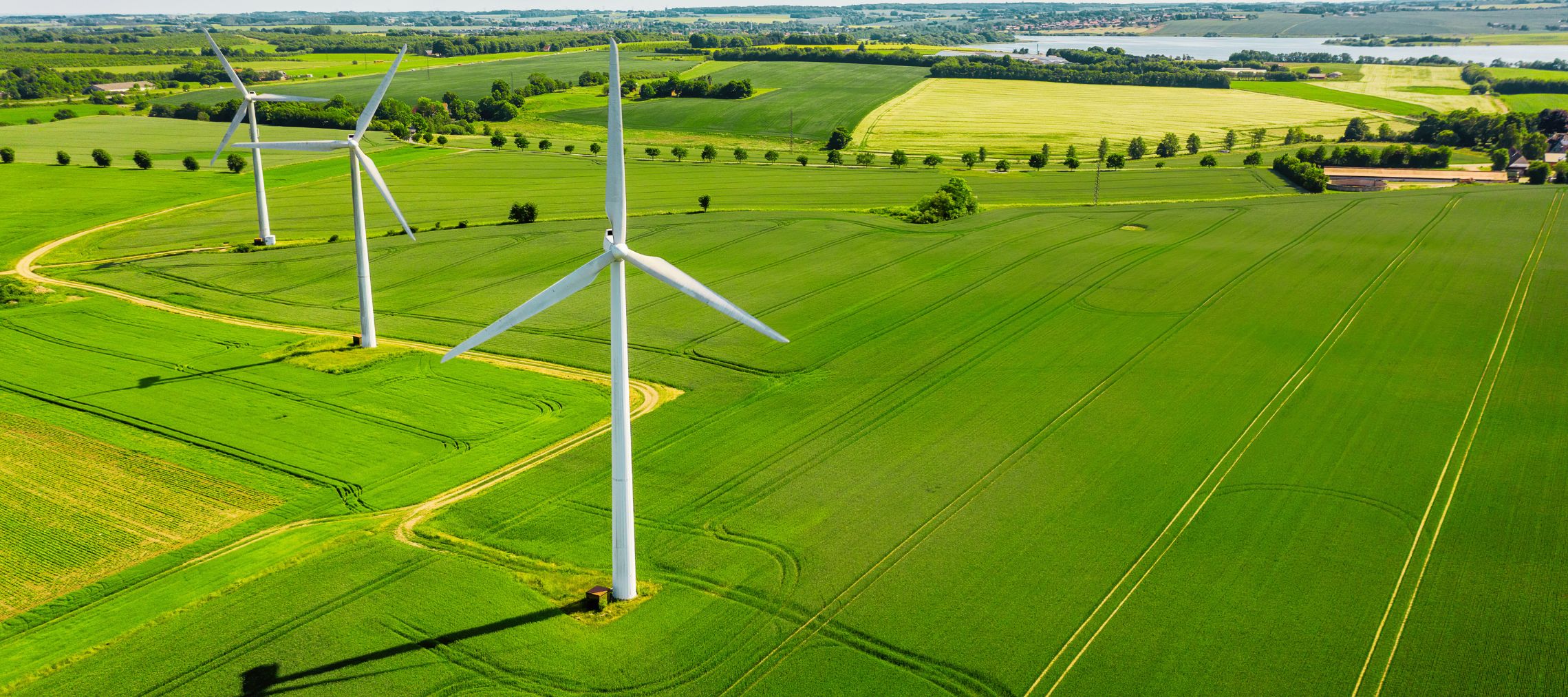The three main facets of a typical hydrogen ecosystem include demand, supply, and allied bridging technologies. India's progress towards green energy transition aligns with the efforts to bolster the green hydrogen ecosystem. CSTEP is involved in devising hydrogen adoption strategies for hard-to-abate industries such as steel and cement manufacturing units, with few emission reduction opportunities. We are also developing computational tools to identify suitable sites for setting up hydrogen production units based on interdisciplinary frameworks.


Press Release: Advanced process simulation modelling for hydrogen application in steel and cement: A technical and economic assessment
Industry leaders pioneering the use of hydrogen to decarbonise the steel industry met on Monday in Delhi to discuss its potential and challenges. The event was organised by the Center for Study of Science, Technology and Policy (CSTEP), a science and technology-based think tank, to launch its report Advanced Process Simulation Modelling for Hydrogen Application in Steel and Cement – A Technical and Economic Assessment.
Advanced process simulation modelling for hydrogen application in steel and cement
Decarbonising hard-to-abate sectors calls for measures that can reduce emissions from both fuel combustion and different processes. These measures can yield incremental emission savings for abating emissions at scale. As the last frontier towards the net-zero goal, hard-to-abate sectors such as steel and cement manufacturing units must look to transition to scalable solutions that can offer energy saving opportunities and emissions reduction. In this study, we examine whether hydrogen can play a pivotal role in decarbonising steel and cement sectors.
Potential and challenges of using hydrogen to decarbonise Indian Railways
The Indian Railways is one of the largest railway networks in the world, transporting millions of passengers and tonnes of freight daily. It has had a historically high demand for fossil fuels to meet the operational energy requirements, resulting in high operational costs and a high emission footprint. The government aims to tackle these challenges through 100% electrification of the railway network by 2024 and by becoming a net-zero emitter by 2030.
What India can do to site green hydrogen production plants effectively
India marked its presence as a serious contender in the green hydrogen space at the World Hydrogen Summit in Rotterdam, the Netherlands, which happened in May this year. The India Pavilion set up by the Ministry of New and Renewable Energy (MNRE) showcased the nation’s progress in the green hydrogen (GH2) domain and conveyed the government’s intent to deploy it for meeting the nation’s energy requirements sustainably.
Beyond the hydrogen horizon: Assessing the viability of low-carbon technologies for steel production
Green hydrogen hubs in India: A first order analytical hierarchy process for site selection across states
Green hydrogen can be the transitional solution required to reduce anthropogenic emissions and enhance energy independency from fossil fuel. To improve green hydrogen adoption, a cluster-based infrastructure, called a hydrogen hub, is devised taking into account the demand-supply interplay coupled with transport ease. In this paper, we have identified sites across states that are conducive for hydrogen hubs.
Can Hydrogen hasten the utilisation of alternative fuel resources in the cement industry?
In 2021, Hanson — a subsidiary of Heidelberg Cement in the United Kingdom — substituted 100% of thermal energy with energy from alternative fuels in one of its cement kilns by using a mixture of hydrogen (39%), glycerine (49%), and meat and bone meal (MBM; 12%) instead of coal. This is the world’s first usage of 100% climate-neutral fuel and one of the first demonstrations of hydrogen-based technology in the cement kiln. Such adaptations, comprising a climate-neutral fuel blend, in the Indian cement industry remain elusive, even in 5% of the plants.
Hydrogen applications segmentation and hierarchy
The National Green Hydrogen Mission envisions India to be a leading manufacturer and a major hub for green hydrogen in the world. However, India lacks the necessary infrastructure and some of the key technologies that are needed to realise these goals. India does not produce green hydrogen at a commercial stage at present and lacks several raw materials (critical minerals) that are required to manufacture electrolysers.